Case Study 35 – Cultybraggan Hut One




Guthrie and Robertson Builders
Insulation Materials
The aim of the project was to demonstrate how a Nissen Hut could be upgraded insulating the structure for the third time to create a warm and functional space. The Nissen Huts were originally insulated using straw. Following the War when Cultybraggan became an Army Camp this was replaced with spray foam insulation.
A variety of innovative insulation materials have been tested in Hut One. Between the external corrugated metal exterior and plywood inner skin a number of flexible insulation materials were used: Sheep’s wool which is a natural insulation made in the UK from waste wool; Recycled Plastic insulation which is composed of 80% recycled material; Hemp Batts which are an ideal insulator with a guaranteed longevity often exceeding the life of the building. They will also lock away up to two tones of CO 2 for every tonne of hemp harvested; and Recycled Cotton
Insulation which is made from cotton textiles diverted from landfill, it contains no chemical irritants and requires less energy to manufacture than conventional insulation.
Additionally rigid wood fibre insulation has been used under the floor and fitted externally to the front and back walls of the hut. External walls have render applied directly to the wood fibre board to make a new, warm waterproof skin.
Additional Features
The huts were previously very draughty, In Hut One the windows, doors, walls and floor were draught-sealed. Hut One has been fitted with airtight membranes to the walls and floor, which prevent damp and provide an airtight layer.
Natural materials with low embodied energy have been selected to work in harmony with the existing materials of the hut. Use of timber has been prioritised through new, high performance doors and windows, new timber linings and wood fibre board for insulation. The internal metal lining of the hut was replaced with flexible plywood – providing some of the structure and a beautiful internal finish. The plywood is from a sustainable source and coated in an organic flame retardant.
The paint components used in Hut One come from environmentally managed sources and are produced in a sustainable ecological cycle. They are low in Volatile Organic Compounds, much of the organic linseed oil used in the paint is grown close to the factory. The clay plaster used helps to moderate the internal environment and absorbs humidity.
The floor finish is a non-slip vinyl, 45% of the product is from recycled materials and is manufactured using renewable energy.
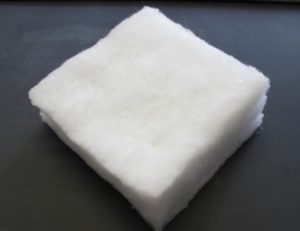
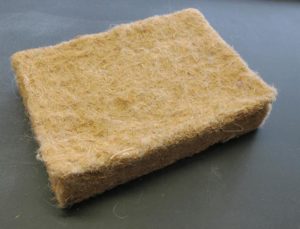
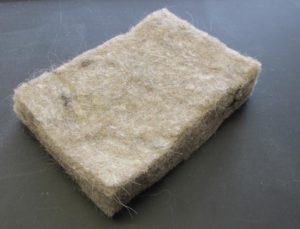
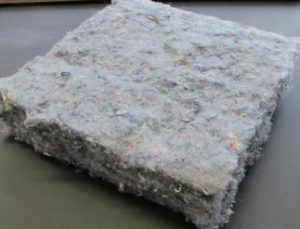
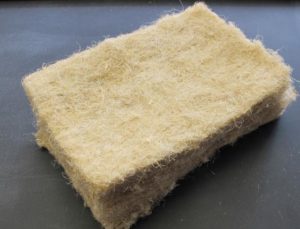
Background to Building
Completed in 1941 Cultybraggan is one of the best preserved purpose-built WWII prisoner of war camps in Britain, it functioned as a high security camp until 1947. Subsequently becoming a British Army Training Camp it was decommisioned by the MOD in 2004. There are over 100 Nissen huts and other structures which remain on the site and these have changed little since their construction. Comrie Development Trust purchased the site as a community buyout in 2007.
Hut One has been refurbished as a visitors centre. Originally conceived as a temporary building, this 70 year old structure has been secured for another generation using innovative construction materials. The Nissen Hut is essentially a metal tent with a brick wall on either end which was designed to fit on a single truck and be erected quickly. Seventy years after the war, the huts were still wind and watertight.
The aim of the project was to demonstrate how recycled and natural materials could be used to insulate existing buildings, and provide a temporary small visitor centre exhibiting both the heritage and low carbon future of the site.
The project has transformed a cold and uncomfortable building into a warm, attractive, useable space. Previously the space could not be heated sufficiently to make it comfortable, it can now be heated throughout the year with just one 2KW electric panel heater.
Cultybraggan Camp has a district heating system (located in hut 16) powered by woodchips from the local area. The long term aim is for the visitor centre to be connected to this network.












